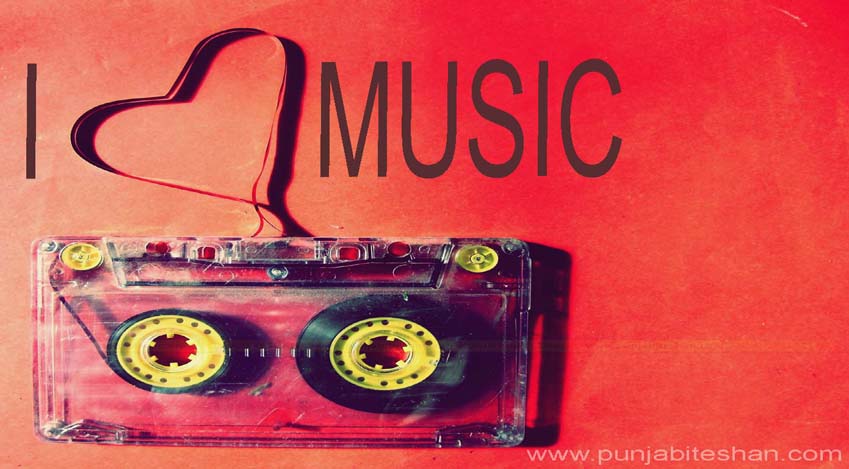SARIKA GOYAL (Punjabi Teshan) : Panjabi popular singing is considered a boon in the Music industry—thanks to the direction, choreography, and budget involved in making of albums and fusion not forgetting the role played by Desi Rap.
If 16th century England during Elizabethan times was called a nest of bards, there is no denying that these times, at least to some extent are compatible in certain respects to promote, propagate and nurture Panjabi singing.
Gone is the time when Panjabi singers had a distinct personality—the songs could be imagined only within the parameters of typical costumes, locales and dialects. These typical costumes were not even contemporaneous with the age of the singer but were accepted as appraisal to the golden age of Panjabi singing comprising of renowned tales (made into lyrics) like Heer Ranjha, Sassi Punnu etc. and even the locale was rural projecting the times when Panjab truly lived in villages.
The singers now have turned cosmopolitan as far as the dress up, locale or language is concerned and this is attributed chiefly to the multiculturalism, globalisation and commercialisation of music. The songs, very much like those of Hindi movies are shot in distant locations like London, Paris, Sydney, Los Angeles etc. The singer has become stylish, applies gel to his hair, wears the gen X clothes and rappers are there to make up the fusion of the East and the West.
Panjabis are an emotional lot. They are more concerned with disintegration of values, extinction of old tradition and culture and lack of serenity in Panjabi singing. Therefore, they blame commercialisation as the chief cause for allowing such singing that they term modern opposed to the ‘Old Is Gold’ tradition. On the other hand, youth loves it, finds it close to their hearts and most teenagers wish to learn music to make their career as rappers and have nothing to do with the classical ragas.
Certain words shoot up somehow in this unending sequence of songs and mock at the rich vocabulary Panjabi has. It’s quite true that early Panjabi poetry borrowed words from Persian, Urdu or Hindi but lent it the typical flavour. The words nowadays are taken as symbols not with connotations but as agents of marketing. One finds that Chaska (fondness), Naddi ( Coquette), Facebook (social networking site), London, Jhaaka(Glimpse) are recurrent in most of the songs and appear deliberately inserted. The words like facebook and Uni (stands for university) have been taken as youth icons for marketability and to gain easy popularity.
One cannot omit a word for rappers. They form the backbone of a song and youngsters especially kids are quite fond of them. They imitate their words, gestures and style. After all they are the cohesive force, mixing soft with loud, slow with fast, Panjabi with English and what not.
The point to be stressed is whether or not this trend will stand the test of time. People still feel mesmerised by the old numbers like ‘ Latthe Di Chadar’, ‘Bajre Da Sitta’ ‘Tappe’ (Asa Singh Mastana) etc. It can’t be due to their folk appeal only. There was something additional, something chaste, pure, deeply rooted in Panjabi ethos and diction and the very chord of Panjabi hearts.


